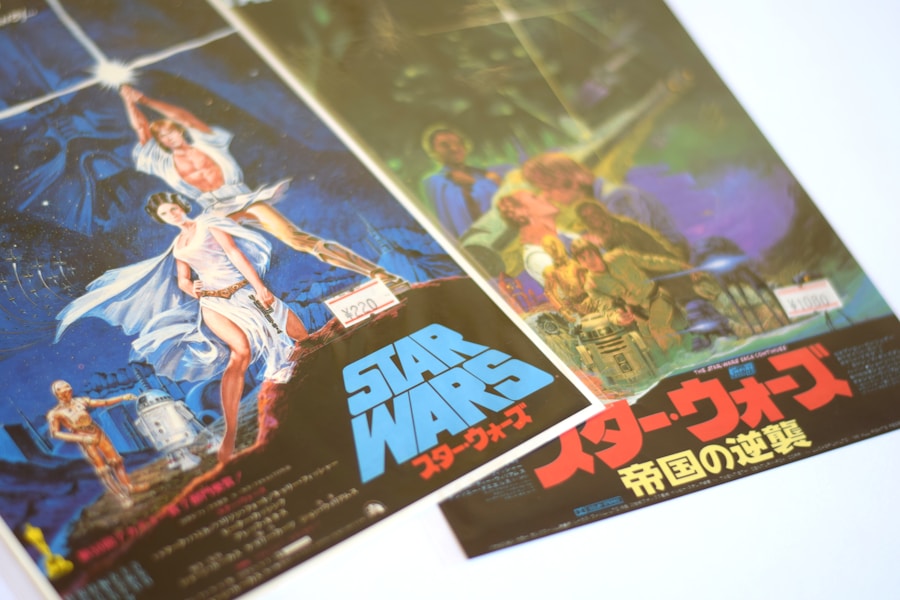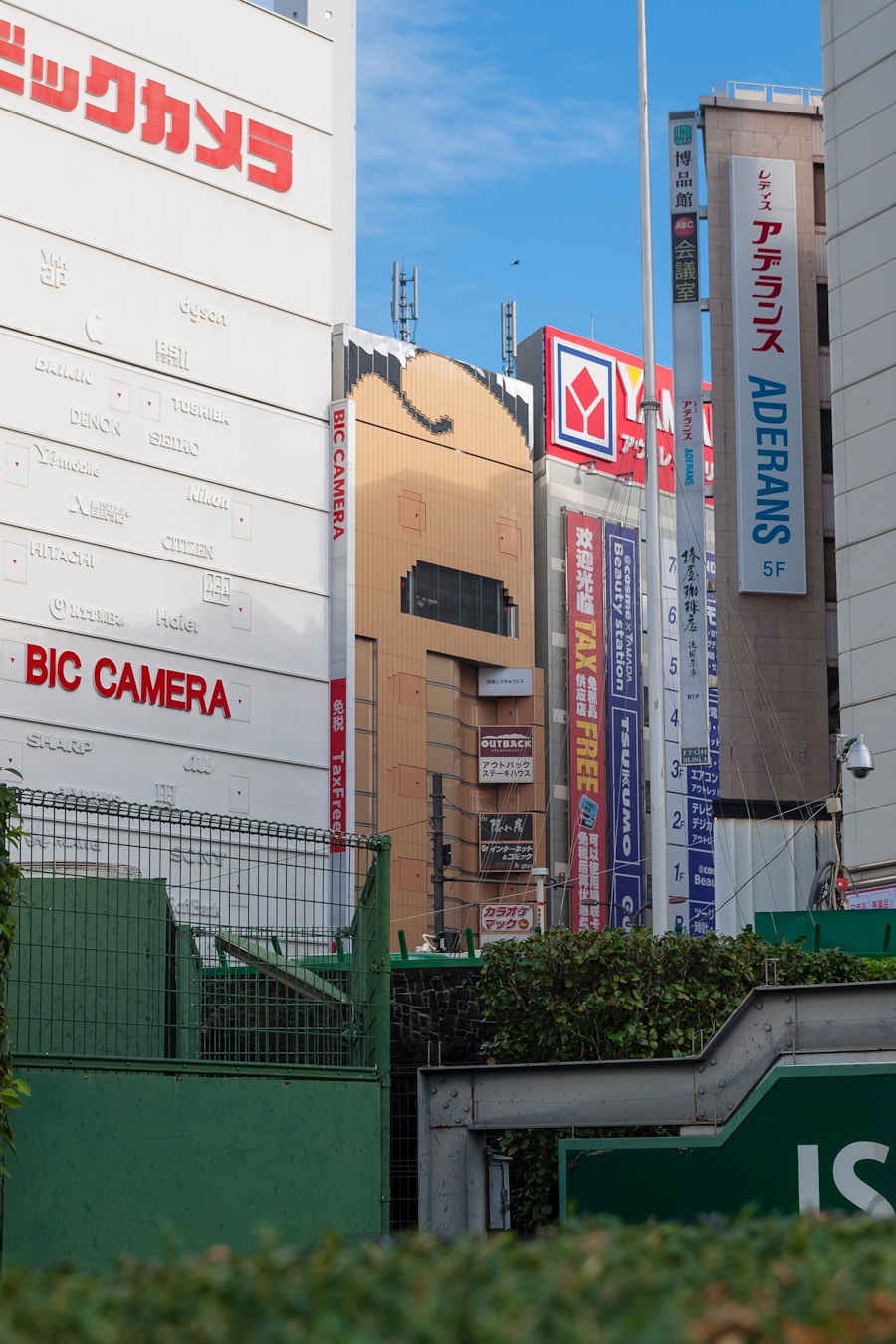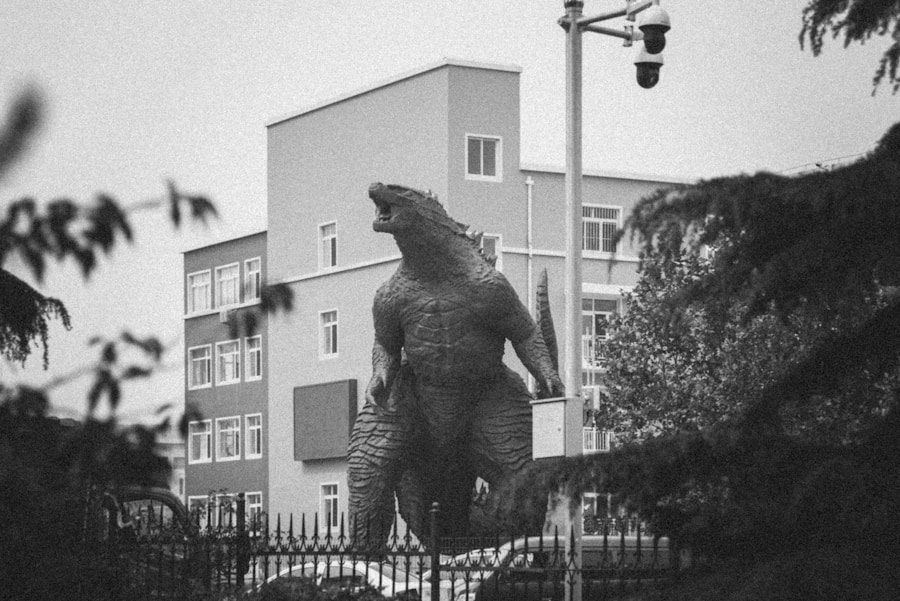Toho Studios, a name synonymous with Japanese cinema, has carved a niche in the hearts of film enthusiasts worldwide. Founded in 1932, the studio has been a powerhouse of creativity, producing a plethora of films that span various genres. However, it is perhaps best known for its iconic kaiju, Godzilla.
First unleashed upon the world in 1954, Godzilla quickly became a cultural phenomenon, representing not just a monster but a complex metaphor for post-war anxieties and environmental concerns. The creature’s towering presence and destructive capabilities have captivated audiences for decades, leading to numerous sequels, reboots, and adaptations across the globe. As you delve into the world of Toho Studios and Godzilla, you will discover a rich tapestry of storytelling, innovation, and artistry.
The studio’s commitment to pushing the boundaries of filmmaking has allowed Godzilla to evolve from a simple monster movie into a multifaceted franchise that explores themes of humanity, nature, and the consequences of technological advancement. This evolution is not merely a product of narrative development; it is also deeply intertwined with the technical choices made by Toho, particularly in the realm of film stock used during the production of these iconic films.
Key Takeaways
- Toho Studios is a renowned Japanese film production company known for creating the iconic Godzilla franchise.
- In the 1970s, Toho Studios used a variety of film stocks, including Eastman Kodak and Fujifilm, to capture their monster movies.
- The film stock used by Toho Studios in the 1970s had a significant impact on the visual aesthetics of their Godzilla films, influencing color saturation and overall image quality.
- Godzilla’s visual legacy has evolved over the years, with the film stock choice playing a crucial role in shaping the iconic look of the monster and its surroundings.
- Toho Studios’ film stock choice has had a lasting influence on special effects and cinematography in the Godzilla franchise, setting a standard for future monster movies.
Film Stock Used by Toho Studios in the 1970s
Colorful Beginnings
The most prominent among these film stocks was Eastman Kodak’s color negative film, which provided filmmakers with vibrant colors and sharp images. This choice was pivotal for Toho as it allowed them to capture the grandeur of their kaiju battles and the intricate details of miniature sets.
Advancements in Film Technology
The 1970s saw significant advancements in film technology that Toho embraced wholeheartedly. The introduction of higher-speed films allowed for better performance in low-light conditions, which was particularly beneficial for night scenes featuring Godzilla wreaking havoc in urban landscapes.
A New Era of Visual Storytelling
This technical evolution not only enhanced the visual storytelling but also allowed filmmakers to experiment with lighting and composition in ways that were previously unattainable. As you explore this era of Toho’s filmmaking, you will appreciate how these choices laid the groundwork for the franchise’s enduring legacy.
Impact of Film Stock on Visual Aesthetics

The choice of film stock has a profound impact on the visual aesthetics of any film, and Toho Studios’ selections during the 1970s were no exception. The vibrant colors produced by Kodak’s film stock brought Godzilla and his monstrous counterparts to life in ways that resonated with audiences. The lush greens of the Japanese landscapes contrasted sharply with the grays and browns of urban destruction, creating a striking visual dichotomy that underscored the themes of nature versus man.
This vivid color palette not only enhanced the spectacle but also deepened the emotional resonance of the narrative. Additionally, the grain structure of the film stock contributed to the overall texture of the films. The slight graininess added a layer of realism to the fantastical elements, grounding Godzilla’s colossal presence in a world that felt tangible and relatable.
This careful attention to visual detail is a testament to Toho’s dedication to crafting films that are not only entertaining but also artistically significant.
Evolution of Godzilla’s Visual Legacy
As Godzilla evolved over the decades, so too did his visual representation on screen.
The use of practical effects, combined with innovative cinematography, allowed for more dynamic action sequences that showcased Godzilla’s immense size and power.
You can see this evolution in films like “Godzilla vs. Mechagodzilla,” where the battles are choreographed with an intensity that captivates viewers. Moreover, as societal concerns shifted over time, so did Godzilla’s visual portrayal.
In the 1970s, he transitioned from a symbol of destruction to a more complex character who often fought against other monsters threatening humanity. This shift was reflected in his design; he became less monstrous and more heroic in appearance, embodying a protector role rather than merely a force of chaos. As you explore these changes, you’ll recognize how Toho Studios adeptly adapted Godzilla’s visual legacy to reflect contemporary issues while maintaining his status as an iconic figure in cinema.
Influence on Special Effects and Cinematography
Toho Studios’ innovative use of film stock during the 1970s had a lasting impact on special effects and cinematography not just within their own productions but across the global film industry. The studio pioneered techniques such as suitmation—where actors donned elaborate costumes to portray kaiju—and miniatures to create breathtaking scenes of destruction. The clarity and vibrancy provided by their chosen film stock allowed these effects to shine, making them more believable and engaging for audiences.
As you consider the influence of Toho’s techniques on special effects, it’s essential to recognize how they inspired filmmakers worldwide. The meticulous craftsmanship behind Godzilla’s battles set a standard for monster movies and action films alike. Directors began to adopt similar methods, blending practical effects with emerging technologies to create visually stunning sequences.
This legacy can be seen in modern blockbusters that pay homage to Toho’s pioneering spirit while pushing the boundaries of what is possible in filmmaking.
Comparison with Other Film Stocks

When examining Toho Studios’ choice of film stock in the 1970s, it’s valuable to compare it with other options available at the time. While Eastman Kodak dominated the market with its vibrant color negative films, other manufacturers offered alternatives that had distinct characteristics. For instance, Fujifilm provided options that were known for their fine grain and unique color rendition, which some filmmakers preferred for specific projects.
However, Toho’s decision to stick with Kodak’s film stock proved advantageous for their kaiju films. The bold colors and sharp images complemented the larger-than-life nature of Godzilla and his adversaries. In contrast, films shot on alternative stocks often lacked the same level of vibrancy or clarity when depicting massive creatures against urban backdrops.
As you analyze these differences, you’ll gain insight into how Toho’s choices contributed to their unique visual identity within the cinematic landscape.
Legacy of Toho Studios’ Film Stock Choice
The legacy of Toho Studios’ film stock choice extends far beyond the 1970s; it has shaped how audiences perceive not only Godzilla but also Japanese cinema as a whole. The vibrant colors and dynamic visuals established a standard for kaiju films that continues to influence filmmakers today. You can see echoes of this legacy in contemporary monster movies that strive to capture the same sense of awe and spectacle that Toho perfected decades ago.
Furthermore, Toho’s commitment to quality filmmaking has inspired generations of directors and cinematographers around the world. The techniques developed during this era have become foundational elements in modern filmmaking practices. As you explore new interpretations of Godzilla or other kaiju films today, you’ll notice how they often pay homage to Toho’s pioneering spirit while incorporating advanced technologies that push visual storytelling even further.
Continuing Impact on Godzilla Franchise
As you reflect on the enduring impact of Toho Studios’ film stock choices on the Godzilla franchise, it’s clear that these decisions have shaped not only the visual aesthetics but also the cultural significance of this iconic character. From his humble beginnings as a metaphor for nuclear devastation to his current status as a beloved figure in global pop culture, Godzilla’s journey is intricately tied to the technical innovations pioneered by Toho. The legacy of Toho Studios continues to resonate today as new generations discover Godzilla through various media—films, television series, video games, and merchandise.
Each iteration pays tribute to the foundational work done in the 1970s while exploring new themes relevant to contemporary audiences. As you engage with these modern interpretations, remember that they stand on the shoulders of giants—Toho Studios’ commitment to quality filmmaking and innovative techniques has left an indelible mark on cinema that will continue to inspire future storytellers for years to come.
To learn more about the impact of Godzilla on modern society, check out the article Godzilla: A Symbol of Anarchism and Capitalism in Modern Society. This article delves into the deeper meanings behind Godzilla’s character and how it reflects societal issues. It provides a fascinating analysis of the iconic monster’s role in popular culture.
FAQs
What film stock did Toho Studios use in the 1970s?
Toho Studios primarily used Eastman Kodak’s Ektachrome film stock during the 1970s for their film productions.
What impact did the film stock have on Godzilla’s visual legacy?
The use of Ektachrome film stock in the 1970s gave Godzilla films a distinct visual style characterized by vibrant colors and high contrast, which became a defining visual legacy for the franchise. The film stock contributed to the iconic look of Godzilla and other kaiju monsters during this era.
